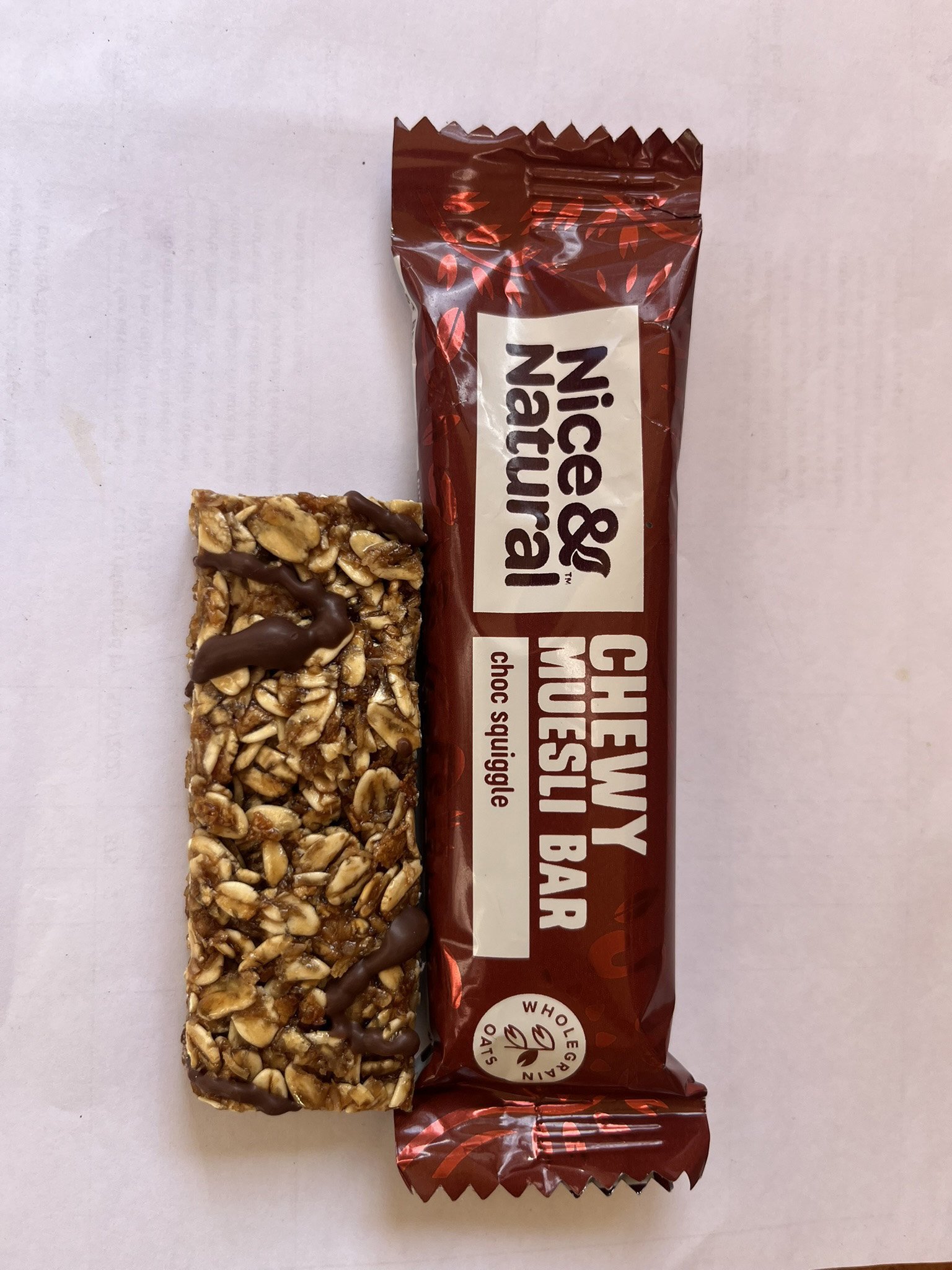
Companies, intent on maximising profit, often push boundaries when they think they can get away with it.
Such tactics are rarely illegal but ethically dubious on occasion.

Still, we can push back — by calling out these tactics and voting with our wallets. The media, along with Consumer New Zealand, also helps expose such behaviour.
Last week, Civis aimed at the markup on a yoghurt powder. This week, the spotlight falls on a muesli bar, and its partially hollow packaging.
When shown this example, Civis was disheartened. Is the extra wrapping meant to inflate the product’s apparent size? Could it be another case of "shrinkflation", less product, same price?
As it happens, Civis recently read about the same issue with potato chips — same-sized bags, more air, fewer chips. At least chips have the excuse of needing a cushion of air to prevent crushing.
Of course, the stated weight must be correct, and New Zealand’s unit pricing rules also exist to help consumers. But how many of us really study those labels or compare like for like?
Oversized packaging, meanwhile, occurs across cereals, crackers and biscuits.
* * *
The article quoted Prof Lisa McNeill from the University of Otago Business School. Alongside "shrinkflation", she noted "skimpflation", where the ingredient quality decreases, and what she called "excuseflation". That’s when companies justify price hikes under the convenient banner of inflation, a familiar ploy in recent years.
* * *
Foodstuffs responded last week after the Civis deadline about what Civis claimed was the "unreasonable" markup on an EasiYo yoghurt base product.
It provided example pricing from last week, although the original complaint concerned the previous week’s costs. Even so, the figures still revealed consistently lower North Island prices for a product manufactured in Hokitika.
Here’s the statement from the Foodstuffs "spokesperson". Make of it what you will, although Civis cannot help but wonder about the pricing implications of "local market conditions".
"Foodstuffs North Island and Foodstuffs South Island are two separate, regional co-operatives that set their pricing independently. Within both co-operatives, each New World and PAK’nSAVE store is individually owned and operated, usually by a local family, who determine their own in-store pricing.
"Our stores use a range of factors to set prices, including supplier costs, freight, promotions, and local market conditions. This approach is standard retail practice and allows stores to remain competitive and responsive to the needs of their local communities.
"As New Zealand’s only 100% locally owned grocery co-operative, we’re very aware of the pressure customers are under and we’re focused on making food as affordable and accessible as possible. We encourage customers to shop around and take advantage of the specials and deals available at their local stores."
* * *
Air New Zealand’s pricing out of Dunedin certainly seems worse than ever. One Dunedin family, which also has ties to Queenstown, found that flying to Palmerston North via Christchurch will be significantly more expensive than Queenstown to Auckland and south to Palmerston North.
How much in Air New Zealand’s pricing "range of factors" is competition on the Queenstown-Auckland route?











